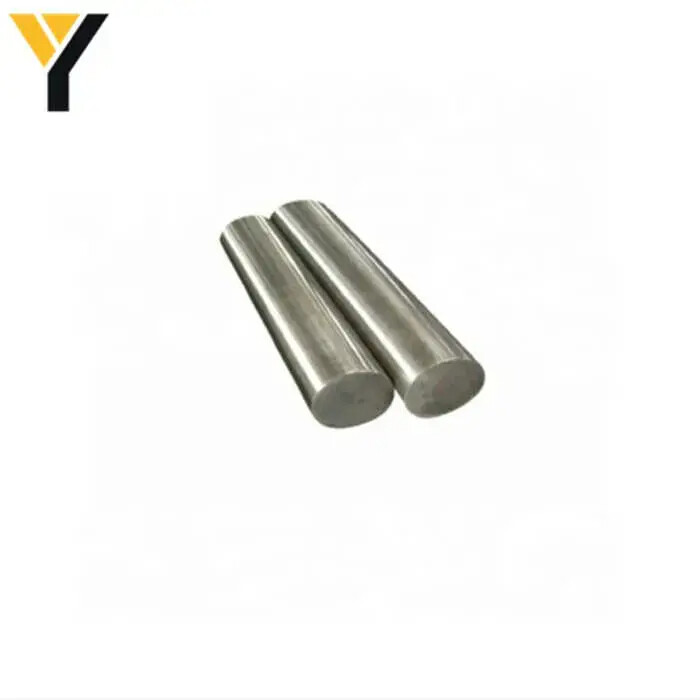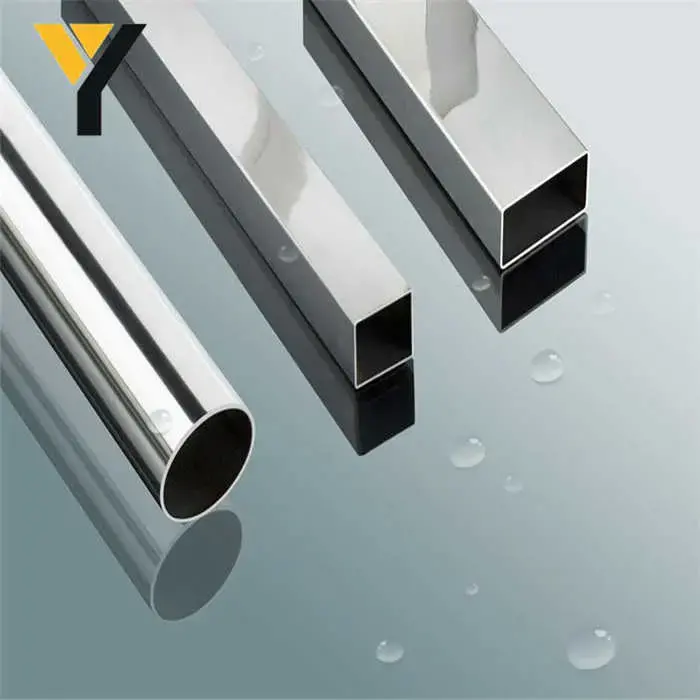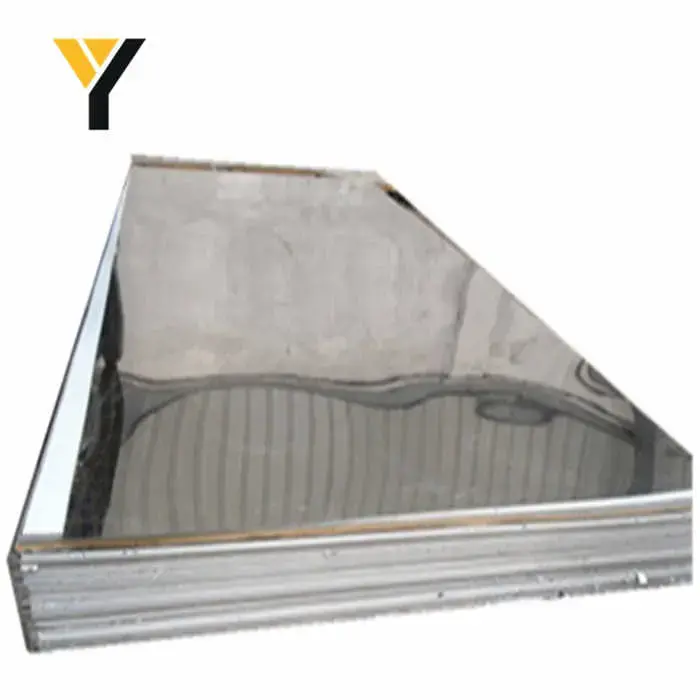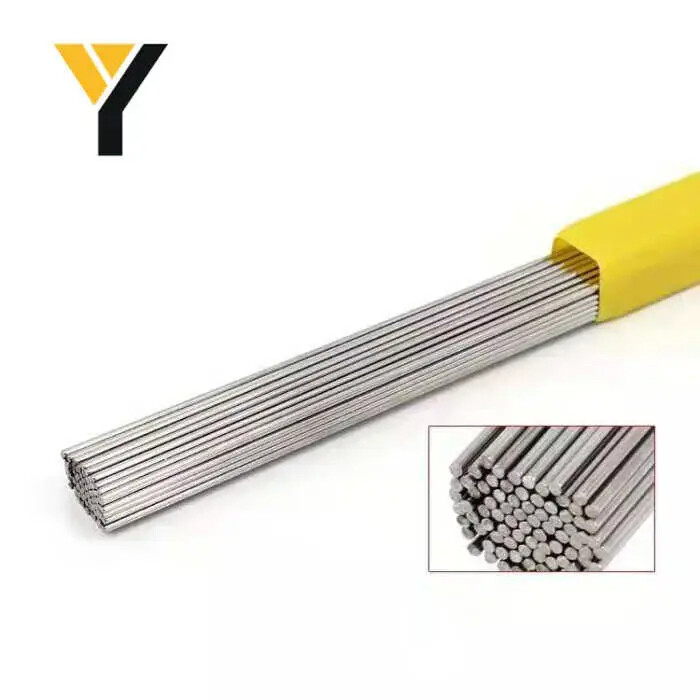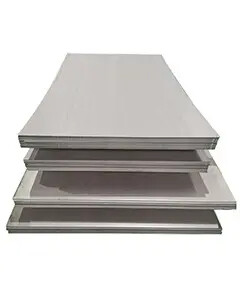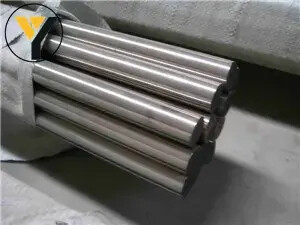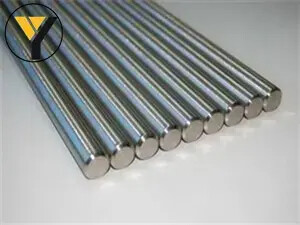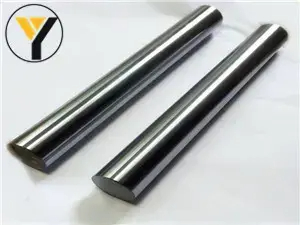

2. Resists spalling even under severe thermal cycling conditions
3. Highly resistant to carburization
4. Good creep rupture strength
5. Metallurgical stability
HASTELLOY C-22
UNS Number N06022
Other common names: Alloy C22
Hastelloy C22, also known as alloy C22, is a versatile austenitic nickel-chromium-molybdenum-tungsten alloy with enhanced resistance to pitting, crevice corrosion and stress corrosion cracking. The high chromium content provides good resistance to oxidizing media while the molybdenum and tungsten content give good resistance to reducing media. This nickel steel alloy also has excellent resistance to oxidizing aqueous media including wet chlorine and mixtures containing nitric acid or oxidizing acids with chlorine ions. Other corrosives Hastelloy C-22 has resistance to are oxidizing acid chlorides, wet chlorine, formic and acetic acids, ferric and cupric chlorides, sea water, brine and many mixed or contaminated chemical solutions, both organic and inorganic. This nickel alloy also offers optimum resistance to environments where reducing and oxidizing conditions are encountered in process streams. This is beneficial in multi- purpose plants where such conditions occur frequently.
This nickel alloy resists the formation of grain-boundary precipitates in the weld heat-affected zone, thus making it suitable for most chemical process applications in the as-welded condition.
Alloy C-22 should not be used in service temperatures above 1250° F due to the formation of detrimental phases which form above this temperature.
In what forms is Hastelloy C22 ?
Sheet
Plate
Bar
Pipe & Tube (welded & seamless)
Fittings (i.e. flanges, slip-ons, blinds, weld-necks, lapjoints, long welding necks, socket welds, elbows, tees, stub-ends, returns, caps, crosses, reducers, and pipe nipples)
What are the characteristics of Hastelloy C22?
Resistant to pitting, crevice corrosion and stress corrosion cracking
Outstanding resistance to both reducing and oxidizing media
Excellent resistance to oxidizing aqueous media
Exceptional resistance to a wide variety of chemical process environments including strong oxidizers such as ferric acids, acetic anhydride, and seawater and brine solutions
Resists the formation of grain-boundary precipitates in the weld heat-affected zone
Excellent weldability
Chemical Composition(%)
In what applications is Hastelloy C22 used?
Pharmaceutical industries use alloy C-22 fittings and tubing to avoid contamination caused by corrosion related failures
Cellophane manufacturing
Chlorination systems
Pesticide production
Incineration scrubber systems
Chemical process industry in equipment like flue gas scrubbers, chlorination systems, sulfur dioxide scrubbers, pulp and paper bleach plants, pickling systems, and nuclear fuel reprocessing
Waste water processing
Fabrication of Hastelloy C-22
Although ductile enough to be formed by cold working, intermediate annealing may be necessary due to work hardening. Forging should be performed between 1750-2050°F followed by rapid cooling. Annealing can be performed at a temperature range between 2020-2150°F followed by a rapid quench. Cooling at an accelerated rate avoids the formation of detrimental phases which form between 1400-1800°F. Welding can be done by gas tungsten-arc, gas metal-arc and shielded metal-arc processes.
ASTM Specifications
Mechanical Properties
Typical Room Temperature Tensile Properties of Annealed Material
Get Free Quote

